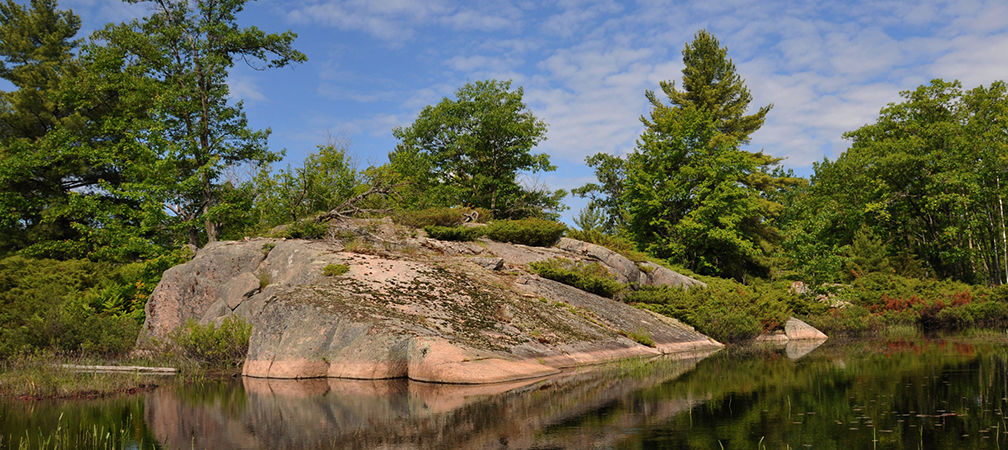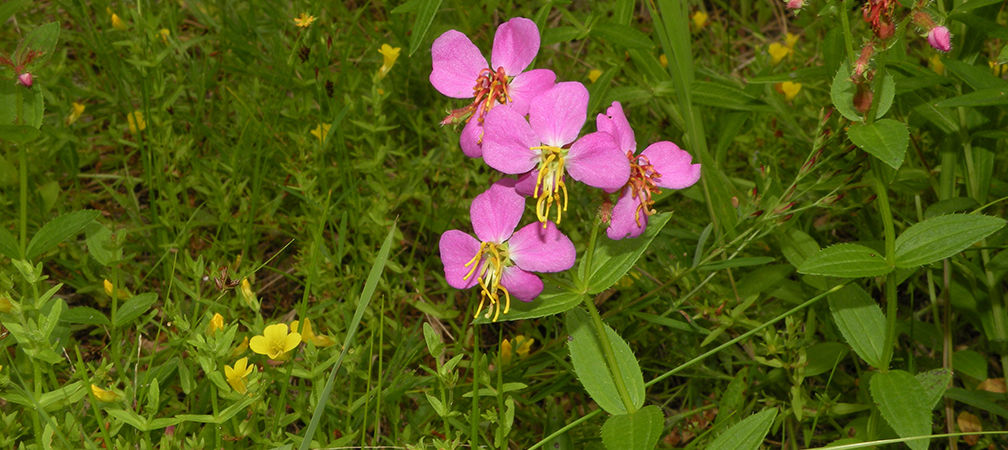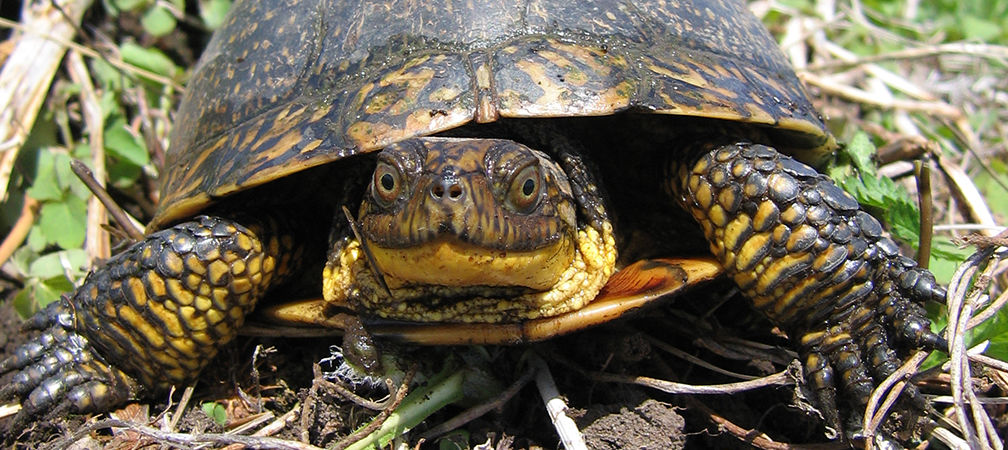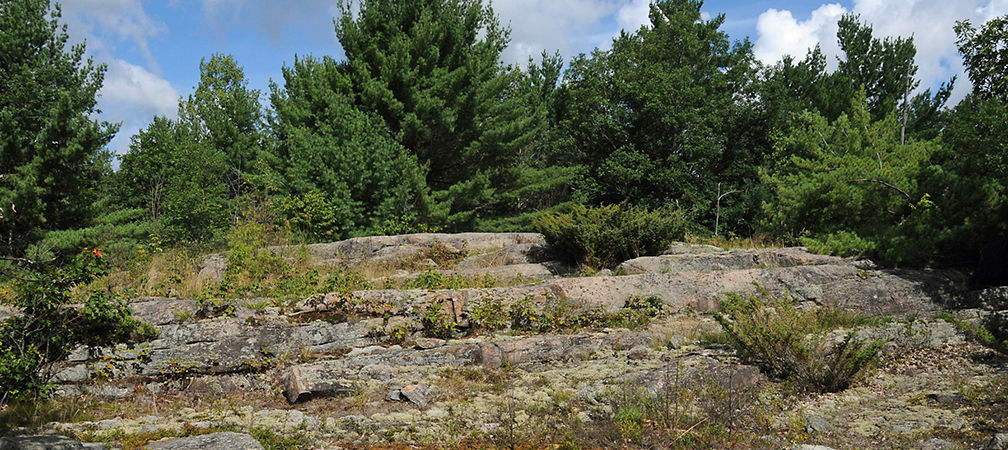Ontario Nature Blog
Receive email alerts about breaking conservation
and environmental news.
© Lora Denis
Matchedash Lake © David Hawke
There are some special areas in southern Ontario that undoubtedly merit protection but currently have none. The Matchedash Wildlands, which stretch from just east of the southern tip of Georgian Bay to Swift Rapids, north of Orillia, are one such place.
In the words of Ron Reid, Carden Coordinator at the Couchiching Conservancy, “at the moment, the Matchedash Wildlands area is mostly orphaned Crown land, forgotten and neglected because of the lack of protection designation and confusion about who is currently in charge of its management. But the area deserves protection – it holds both high ecological and cultural values.”
After logging and wildfires in the past, the Matchedash Wildlands were left largely unattended for the better part of a century. Most of the area has now regrown in a mix of pine and oak forest, dotted with patches of bare rock wetlands and a number of small lakes.

One thing that makes the Matchedash Wildlands truly special are the remnants of Atlantic Coastal Plain flora, a group of shoreline and coastal water plants found only in areas east of Georgian Bay and in Nova Scotia in Canada. Matchedash Lake is one of the top sites in terms of quality and diversity of this type of plant community.
“The Atlantic Coastal Plain Flora appear to have originated during the period of glacier withdrawal,” explains Reid. “At one point the outlet for the Great Lakes basin ran through the Hudson River. These plants were able to move upstream and spread. As the glaciation process continued, the outlets shifted. What is left now are relict communities.”

Species include Virginia meadow-beauty, floating-heart, and yellow-eyed grass among about a dozen others. Throughout the wildlands, different sites harbour varying mixes of these plants, making each place unique.

The Matchedash Wildlands are also home to many reptiles and amphibians, including species at risk such as common five-lined skink, Blanding’s turtle and Massasauga rattlesnake. The main threats to these species include roads and cottage development. Though few roads currently intrude into the wildlands, increasing cottage development will heighten this risk.

Habitat damage from uncontrolled use of off-road vehicles is also a major concern. Measures are needed to prevent these negative impacts.
Reid shares, “My hope is that the Matchedash Wildlands might be more broadly recognized for its value, and for the need of effective tools so that it is protected and stays safe long-term. No one is looking out for these orphaned Crown lands and this needs to change. It won’t be an easy road but with proper leadership there is hope.”
Areas like the Matchedash Wildlands deserve protection. Ontario Nature is working to protect such places through its Protected Places Campaign. Please add your voice to the call for protection by signing the Protected Places Declaration.

Gananoque Lake Nature Reserve © Smera Sukumar
Hi Henriette, I would reach out to the Couchiching Conservancy, they’re a land conservancy nonprofit working in the Orillia area that know a lot about this area.
Is there some work to be done on the ground at Matchedash to preserve this area? If so I would be interested in helping out. I have a biology degree and interest, with ample free time as a retired person. Did the Ron Reid quoted in this article, formerly work at the MOE in Dorset?